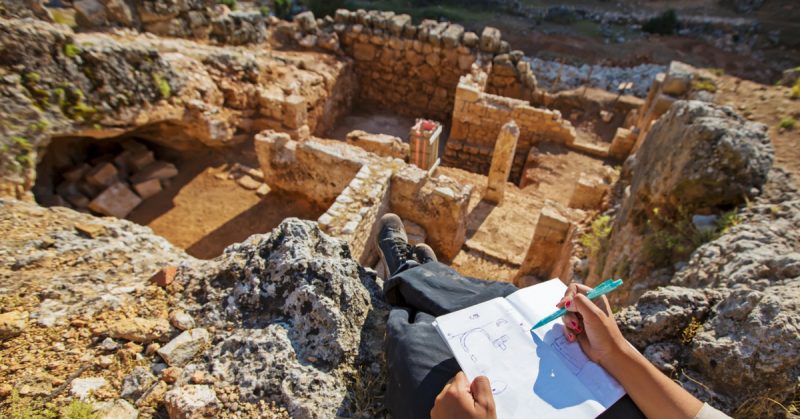Archaeologists live for the kind of surprise uncovered recently near a medieval church in Sicily. The remains of 10 skeletons were found near the Church of San Michele del Golfo, near Palermo, the capital city.
Heading up the excavation was Polish archaeologist Sławomir Moździoch, from the Institute of Archaeology & Ethnology in Warsaw, Poland. He postulated in the July 23 edition of LiveScience that the remains belonged to Normans, who evolved after the Vikings settled in France in the 11th century. Normans often sent emissaries to the regions of southern Italy as well as the British Isles, Scotland, Ireland and Wales.
The skeletal remains also held clues to the remains’ identities. “According to a local anthropologist, the tallness and massive build of skeletons of people buried here indicate this origin,” Moździoch explained to LiveScience.
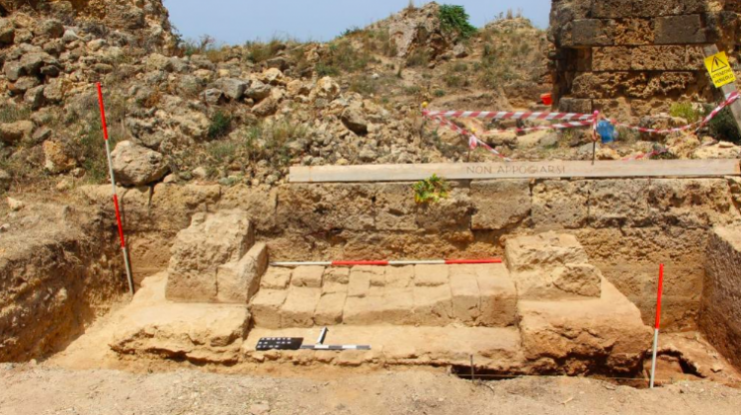
The area has a fascinating history. In the latter half of the 11th century, Normans seized the area from occupying Arabs. The Normans were led by nobleman Roger de Hauteville, who rose through the political and military forces because of his role in this takeover of Sicily.
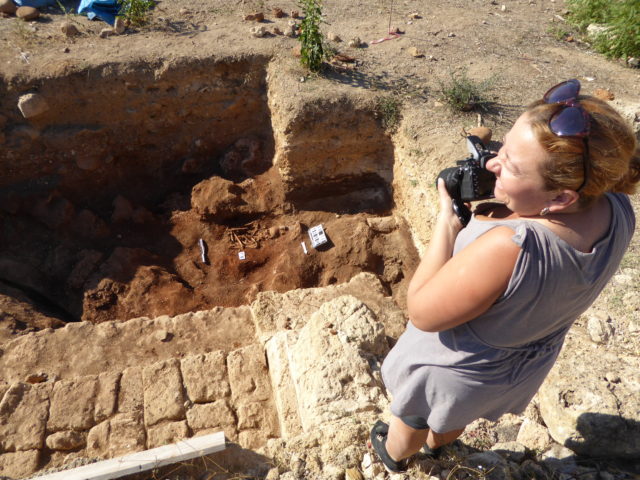
The cemetery is tied to a church hospital, according to a 12th-century document. The building of the church actually began before the construction of the city of Palermo, before it was recaptured from Muslims.
It was built on a hill, presumably to allow people to spot any enemies who may have been approaching. Of the ten burial sites excavated, scientists learned that three were those of women, while two belonged to children. (Other remains were not so easily identified by gender.)
The burial site is believed to be approximately 800 years old, and while no artifacts were found with the remains, coins made in the Champagne and Lucca region were discovered during the simultaneous dig within the church boundaries.
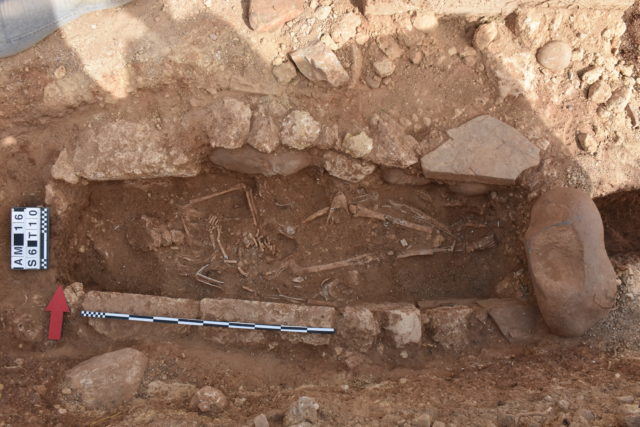
The church was constructed in a classic Western European style of architecture – another tip-off that it was built by Normans. Its builders and its flock were in all likelihood Normans, says the Polish archaeologist. (It is never possible to state these matters with absolute certainty, so Moździoch was careful to put his answers to LiveScience in qualifying terms: Likely; probably, etc.)
This is not the first time Polish scientists have made a discovery of this nature near Sicily. Last year, researchers found burial sites “consistent with the pedigree of the church and the deceased buried there,” said Professor Wojciech Branicki from Jagiellonian University, in a statement released by Poland’s Ministry of Science and Higher Education the week of July 11, 2018. “They show lighter shades of skin, hair and eyes when compared to the communities in Sicily at that time”.
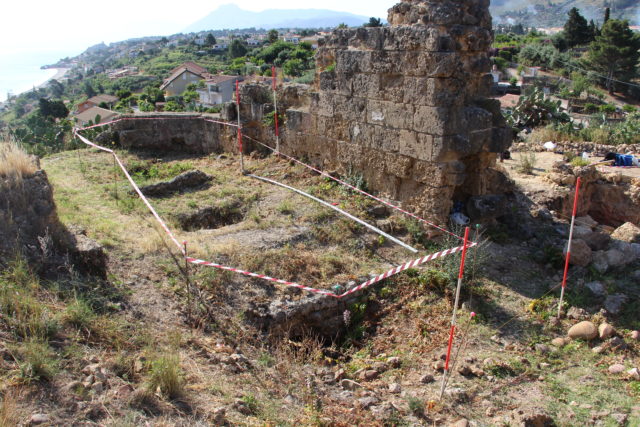
In the same statement to Poland’s ministry, archaeologist Moździoch summed up the importance of the findings this way: “Our research has changed previous theories of church structure”.
“It indicates that its form referred more to the Western European churches of the 11th and 12th centuries than the buildings erected in Sicily during that period. To put it simply, the concept of construction was directly transferred from the north by the craftsmen brought from there”.
Read another story from us: Huge Discovery of Roman Artifacts Near Krefeld, Germany
As for the remains, Moździoch believes that “some of the dead buried in the cemetery are undoubtedly members of the elite or the clergy”.
These are the kinds of projects – and discoveries and advances – that compel archaeologists from all nations to “dig deep,” into the earth, into history and into the evolution of mankind.
